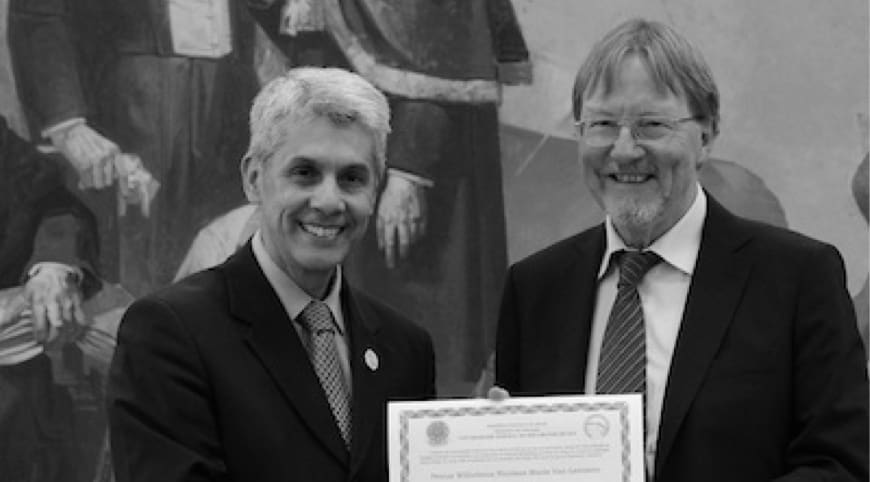Supramolecular catalysis. Part 1: non-covalent interactions as a tool for building and modifying homogeneous catalysts
Supramolecular catalysis is a rapidly expanding discipline which has benefited from the development of both homogeneous catalysis and supramolecular chemistry. The properties of classical metal and organic catalysts can now be carefully tailored by means of several suitable approaches and the choice of reversible interactions such as hydrogen bond, metal-ligand, electrostatic and hydrophobic interactions. The first part of these two subsequent reviews will be dedicated to catalytic systems for which non-covalent interactions between the partners of the reaction have been designed although mimicking enzyme properties has not been intended. Ligand, metal, organocatalyst, substrate, additive, and metal counterion are reaction partners that can be held together by non-covalent interactions. The resulting catalysts possess unique properties compared to analogues lacking the assembling properties. Depending on the nature of the reaction partners involved in the interactions, distinct applications have been accomplished, mainly (i) the building of bidentate ligand libraries (intra ligand-ligand), (ii) the building of di- or oligonuclear complexes (inter ligand-ligand), (iii) the alteration of the coordination spheres of a metal catalyst (ligand-ligand additive), and (iv) the control of the substrate reactivity (catalyst-substrate). More complex systems that involve the cooperative action of three reaction partners have also been disclosed. In this review, special attention will be given to supramolecular catalysts for which the observed catalytic activity and/or selectivity have been imputed to non-covalent interaction between the reaction partners. Additional features of these catalysts are the easy modulation of the catalytic performance by modifying one of their building blocks and the development of new catalytic pathways/reactions not achievable with classical covalent catalysts.

M. Raynal, P. Ballester, A. Vidal-Ferran, P. W. N. M. van Leeuwen
Chem. Soc. Rev. 2014, 43, 1660-1733
DOI:
Go to the journal
Associated ICIQ research group/s:
-
RESEARCH GROUP/S
Prof. Anton Vidal
-
RESEARCH GROUP/S
Emeritus Prof. Piet van Leeuwen

Let's create a brighter future
Join our team to work with renowned researchers, tackle groundbreaking
projects and contribute to meaningful scientific advancements




















